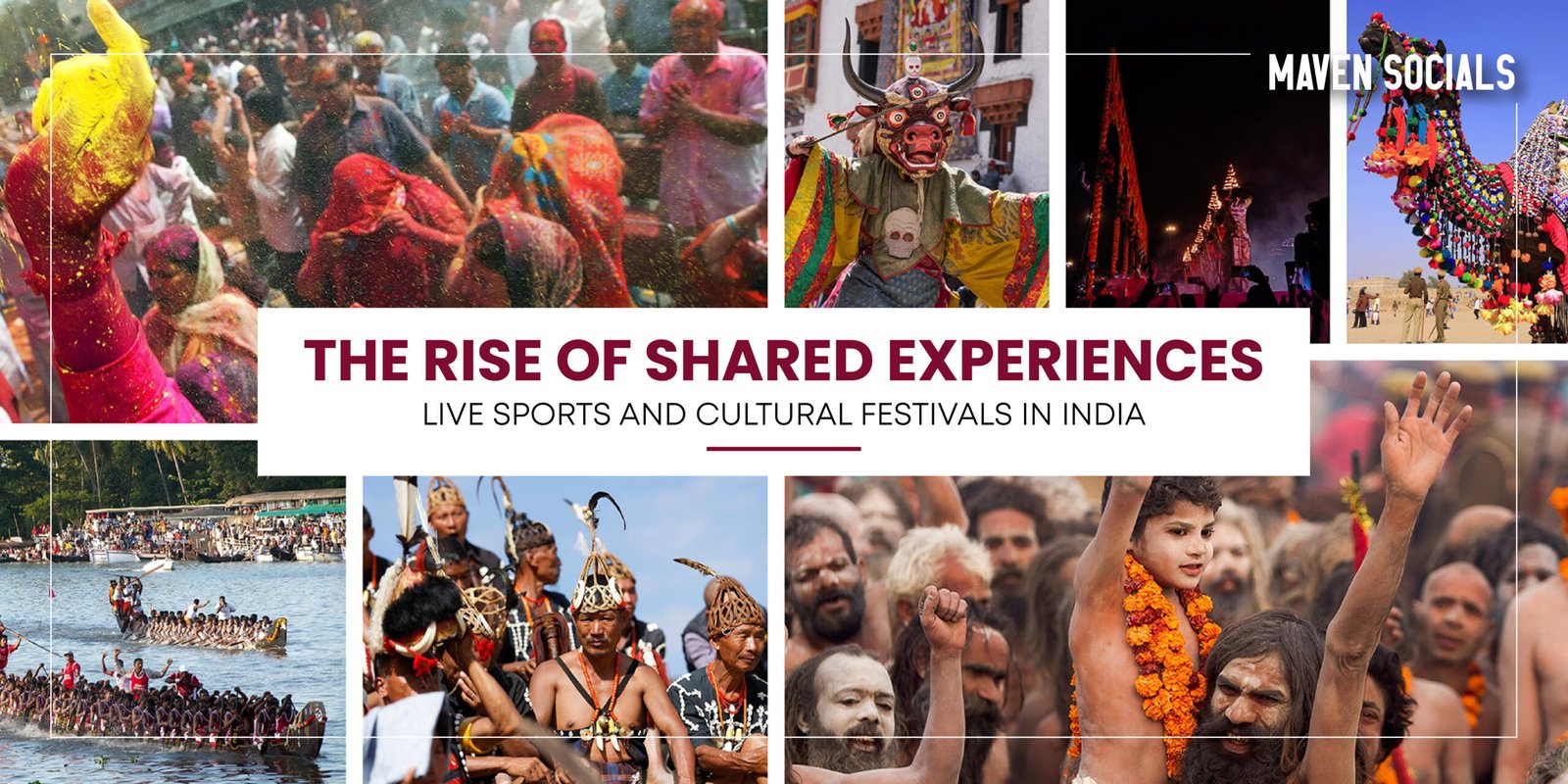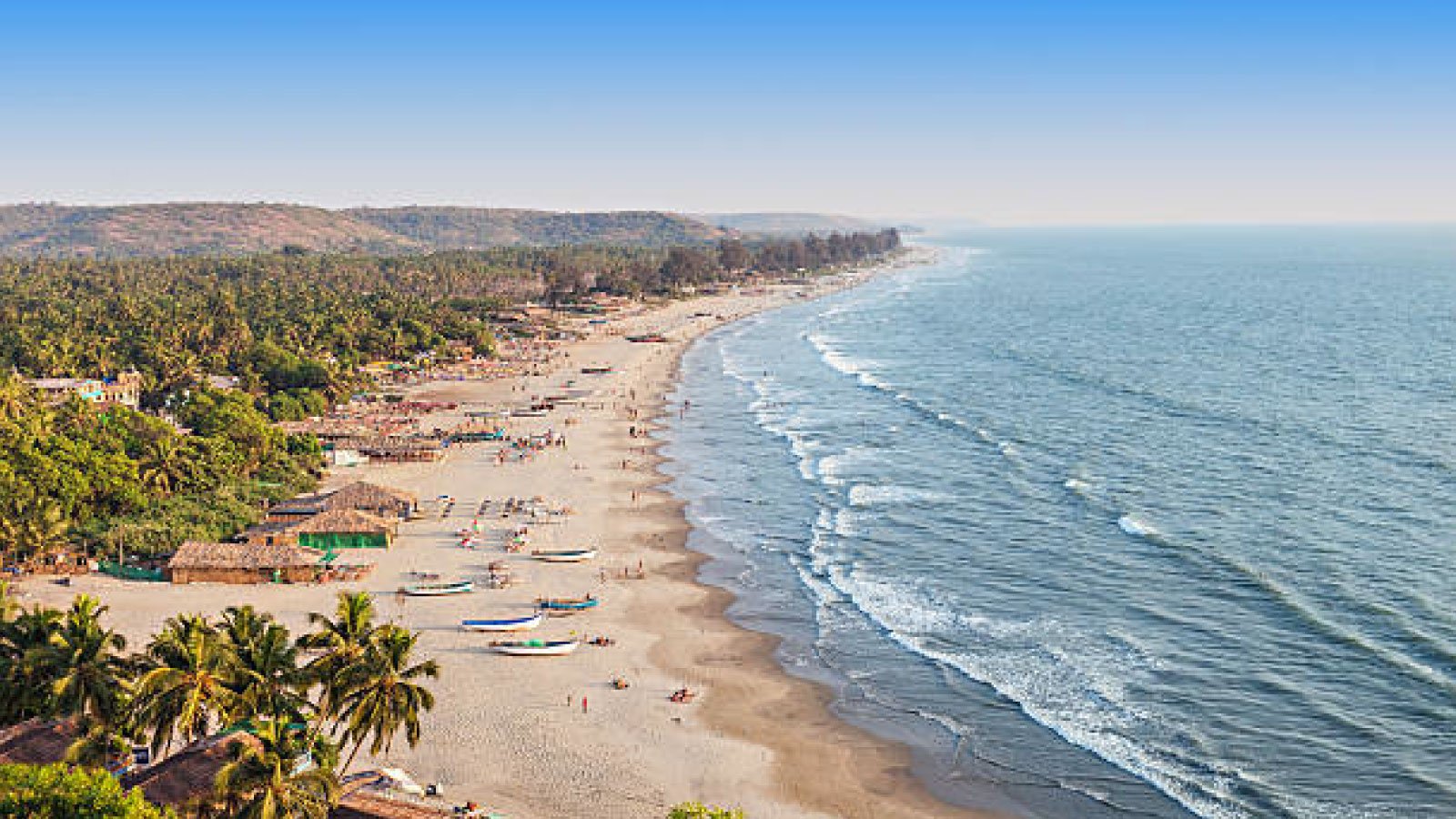The Phugtal Monastery is nestled amid the rugged terrains of the Himalayas and is a testament to spiritual resilience and natural beauty. This remote gem, perched dramatically on a cliffside in the Zanskar Valley of Ladakh, beckons adventurers and seekers alike. Here, we unravel the mystique of Phugtal Monastery, delving into how to reach this hidden sanctuary and the challenges posed by the trek.

By Road: From Srinagar: A road trip from Srinagar to Padum unfolds a mesmerising journey through the scenic landscapes of Kargil and Suru Valley. The distance is approximately 700 km, and the road is open during summer.
Another route to Padum is from Manali, traversing the high-altitude landscapes of Keylong and Darcha. This route is approximately 480 km long and is open during summer.
By Air: Leh Airport: If you prefer a quicker journey, you can fly to Leh and then drive to Padum. Flights to Leh are available from major cities in India.
By Road: Taxi or Shared Vehicles: Taxi or shared vehicles can be hired from Padum to reach the starting point of the trek, often identified as Anmo village.

Journeying to Phugtal Monastery
Journey to Padum
The gateway to Phugtal Monastery begins with reaching Padum. Travel options include road and air.By Road: From Srinagar: A road trip from Srinagar to Padum unfolds a mesmerising journey through the scenic landscapes of Kargil and Suru Valley. The distance is approximately 700 km, and the road is open during summer.
Another route to Padum is from Manali, traversing the high-altitude landscapes of Keylong and Darcha. This route is approximately 480 km long and is open during summer.
By Air: Leh Airport: If you prefer a quicker journey, you can fly to Leh and then drive to Padum. Flights to Leh are available from major cities in India.
From Padum to Phugtal Monastery
Once in Padum, the journey to Phugtal Monastery continues with a challenging yet rewarding trek.By Road: Taxi or Shared Vehicles: Taxi or shared vehicles can be hired from Padum to reach the starting point of the trek, often identified as Anmo village.

Phugtal Monastery Trek: How Hard is it?
-
Trek Difficulty
The trek to Phugtal Monastery is moderately challenging, with the difficulty level increasing due to the high altitude and diverse terrains.
Altitude Gain: The trek involves a significant altitude gain, starting from Anmo village at around 4,400 feet (1,341 meters) and ascending to Phugtal Monastery at approximately 12,000 feet (3,657 meters).
Terrain: The trail encompasses diverse terrains, including river crossings, rocky paths, and steep ascents. It is physically straining and requires a reasonable level of fitness.
Duration: The trek usually takes around 5 to 7 days, depending on the route chosen and the pace of the trekker. -
Acclimatisation
Given the region’s high altitude, acclimatisation is essential to avoid altitude sickness issues.
Stay in Padum: It is advisable to spend a day or two in Padum to acclimate before commencing the trek. -
Trek Route Options
Several trek routes lead to Phugtal Monastery, each offering a unique perspective of the Zanskar Valley.
- Traditional Route: Anmo to Phugtal: The most commonly chosen route begins from Anmo village and follows the Lungnak River. Trekkers traverse picturesque landscapes, cross wooden bridges, and experience the raw beauty of the Zanskar Valley.
- Chadar Trek: In Winter: During winter, the frozen Zanskar River offers a unique trekking experience known as the Chadar Trek. This trek involves walking on the frozen river and is considered more challenging due to the harsh winter conditions.
-
Essential Tips for the Trek
Proper Gear:- Clothing: Pack warm clothing suitable for the changing weather conditions, including waterproof and windproof layers.
- Footwear: Sturdy and waterproof trekking boots are essential for navigating the varied terrains.
- Trekking Permits: Inner Line Permit: Obtain the Inner Line Permit required for foreigners and non-residents to trek in the Zanskar region.
- Guided Tours: Local Guides: Considering the remote and challenging nature of the trek, hiring a local guide is highly recommended. Local guides enhance safety and provide insights into the region’s culture and history.
Accommodation During the Trek
Accommodation options along the trek to Phugtal Monastery include the following.- Homestays: Experience the warmth of Zanskari hospitality by staying in local homestays in villages along the trek route.
- Camping: Carry camping gear for a more immersive experience amidst the pristine landscapes.
Embrace Experiences Everyday
Phugtal Monastery, with its isolation and spiritual allure, stands as a destination that requires determination and reverence. The journey to reach this remote sanctuary is an adventure, offering a glimpse into the untouched beauty of the Zanskar Valley. The trek has physical challenges but also opens your heart to the spiritual and natural wonders that await at Phugtal Monastery. Therefore, the trek becomes not just a journey but a pilgrimage to the soul of the Himalayas.Frequently Asked Questions
You can reach Padum by road from Srinagar or Manali during summer. Alternatively, you can fly to Leh Airport and then take a road trip to Padum.
You can hire a taxi or shared vehicle from Padum to reach the trek’s starting point, typically identified as Anmo village.
The trek is a challenge because of its high altitude and diverse terrain, including river crossings, rocky paths, and steep ascents. It requires a reasonable level of fitness.
The trek typically takes around 5 to 7 days. It depends on the pace of the trekker and the route chosen.
Yes, acclimatisation is essential due to the region’s high altitude. Spending a day or two in Padum before commencing the trek is advisable.
There are traditional routes from Anmo to Phugtal, following the Lungnak River, and the Chadar Trek during winter, which involves walking on the frozen Zanskar River.
Pack warm clothing suitable for changing weather conditions, including waterproof and windproof layers. Sturdy and waterproof trekking boots are essential footwear.
Yes, you need to obtain an Inner Line Permit, which is required for foreigners and non-residents to trek in the Zanskar region.
Yes, hiring a local guide is advised due to the remote and challenging nature of the trek. Local guides enhance safety and provide insights into the region’s culture and history.
Accommodation options include staying in local homestays in villages along the trek route or camping with your gear for a more immersive experience.













